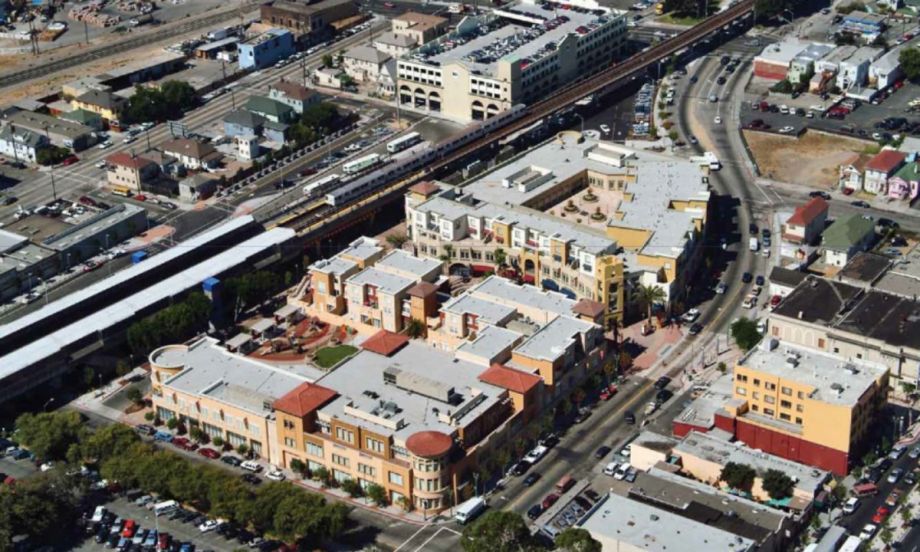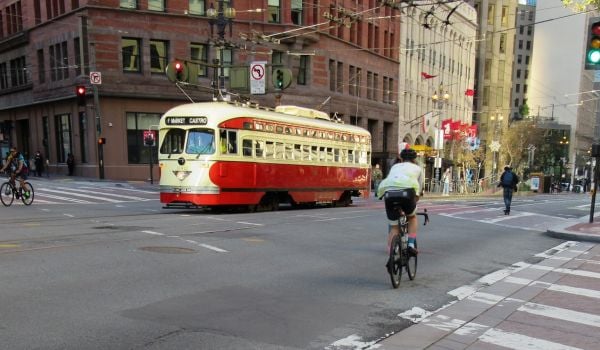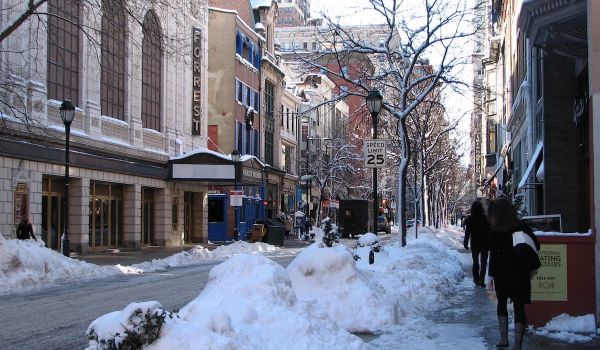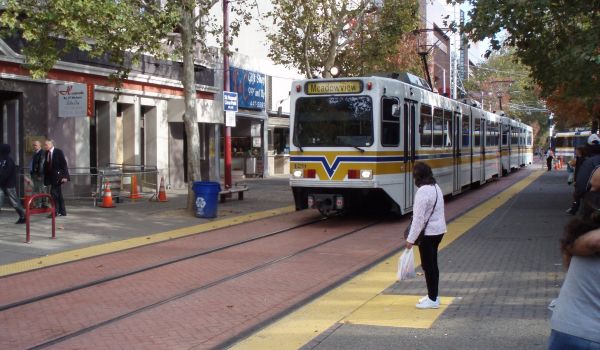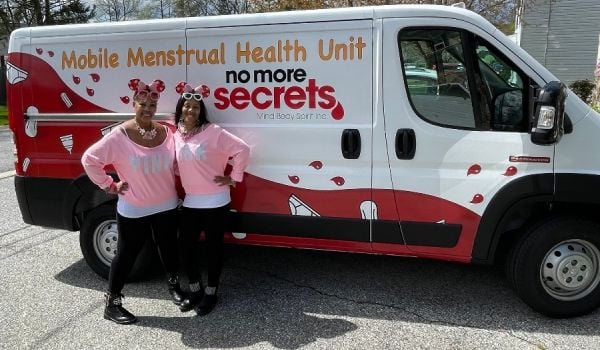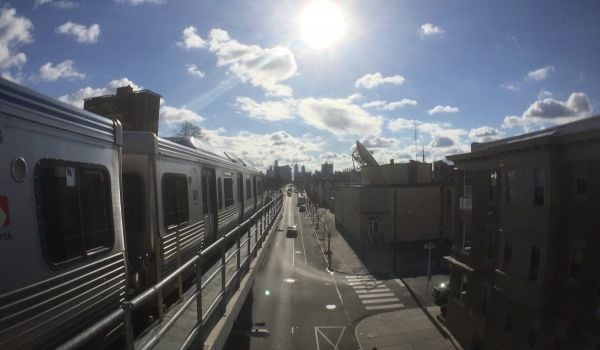Of the dozens of metro and light rail lines completed in the United States between World War II and the 1990s, few took serious advantage of the ability of transit systems to increase property value by easing commutes into city centers. Most, on the other hand, maintained their focus on getting suburbanites to drive into stations and then use the train only to make the final journey into downtown.
That approach, however, failed to deliver the same sort of high ridership as had systems constructed in the prewar period, when lines principally served dense residential and commercial areas close to downtown. It also increased the cost of implementation because it required the extension of lines miles from the city center and necessitated associated investments like park-and-ride lots. Meanwhile, because of a general misunderstanding about the value transit brings to neighborhoods, cities failed to develop areas near stations, leaving potentially highly valuable sites fallow.
This situation didn’t change much in the last two decades, even though more modern systems built more recently explicitly planned associated residential and commercial development around stations. For example, the cities of Bellevue and Redmond, across Lake Washington from Seattle, are planning a series of massive developments along a new light rail route.
Fortunately, older transit systems, looking for ways to renew themselves, seem to have gotten into the game as of late. This week, for instance, Philadelphia announced a deal to bring 164 apartments to a site near its Temple University regional rail station and transit center just northeast of Center City. People in the surrounding area, which has faced economic difficulties and lost a significant share of its population, will be treated to 30,000 square foot of retail and a community technology center.
Though the $48 million project, which includes 44 affordable homes, is relatively small, it’s a demonstration of the way cities can leverage their older transit systems to construct dense neighborhoods designed specifically for people who are going to take transit.
Other cities have been making a similar effort. Chicago recently approved a new 20,000-resident neighborhood on the city’s South Side that will be constructed near an existing commuter rail line. Poughkeepsie, New York has agreed to promote denser development around its Metro-North commuter stop.
But no older transit system may be going further to advance development around its stations than the San Francisco Bay Area’s BART regional rail. Of that system’s 43 stations, 32 have extensive parking facilities connected to them, taking up land that would be more appropriate for shops, offices, and housing. Though the agency had been planning since the system’s 1972 opening to eventually replace lots with buildings, it didn’t produce many successful results because of constraints put on developers.
Yet the decision by the agency in 2005 to allow developers to build without replacing all existing surface parking with decks — formerly a requirement — has changed the name of the game. Indeed, BART has completed five transit-oriented development projects worth $261 million, and has thirteen more stations in various states of redevelopment planning. The cumulative result expected once the projects are done: $2.73 billion in investments, including 6,000 new housing units and 400,000 square foot of office space. Not only will the region benefit from denser, more walkable neighborhoods around transit stops, but BART itself expects to gain two million additional annual trips.
Other cities with older rail lines build before the transit-oriented development age, from Baltimore to Buffalo, should be looking to replicate San Francisco’s success in converting formerly useless land into vibrant neighborhoods. But getting the specifics right first could make all the difference.

Yonah Freemark is a senior research associate in the Metropolitan Housing and Communities Policy Center at the Urban Institute, where he is the research director of the Land Use Lab at Urban. His research focuses on the intersection of land use, affordable housing, transportation, and governance.

